Nearly every artist has a breakout painting that establishes their direction. A signature piece that people point to and say, “I like their style (approach, voice, etc)” It’s an image that pulls all their experience and skills together at one point and establishes a direction. It’s a breakout piece, and they can happen all along the way.
It may not happen right away. It may take years, even a decade, before that one painting comes alive before you. You might not even know you’re working on it at the time, and it might be one of those pieces that comes out after a hard slog on a previous piece. One thing is sure: you have to work for it. They don’t appear magically.
Oh, it may feel like that when you achieve it, but there’s been a lot of work that goes on behind it. Idea generation is similar. You work and work on an idea, developing it, composing it, designing it, and then take a rest from it. But your brain doesn’t rest.
Studies show that the brain keeps working it out in the background while you’re off walking or riding or sleeping. It wants to fold in intuition and usually that’s done in the far reaches of your mind. When an idea “pops out” as so many think they do, it’s because the brain has been working on it longer than you expect.
I spent years in illustration before I reached a breakout piece. I was good enough to work professionally and get jobs to keep me going, but none of those pieces were really mine. I was painting for other people’s ideas and jobs. I had to get to me.
After a decade of work, the frustration was too much. I stopped and banged out a painting that was exactly what I’d wanted to see myself paint. It changed my career at that point. There were more to come, but how?
Sometimes after one breakout painting, several more may come, improving your vision in a short span of time. Each piece becomes the master painting, the one you study to keep improving. We all have master pieces. They are the one painting you can point to that is your best at the time. It’s how you see it.
I did this for several years, most pieces outdoing the one before. I learned to study what made each piece better. A pattern emerged. That pattern became the steps I’ve written about below.
Ever see an amateur make a poster announcement, or an ad online or in a newspaper? It’s difficult to make out what the event is even about other than the date, which is usually the only thing they make legible. There’s a hierarchy of information for designing a poster, based on what needs to stir interest and create curiosity in the viewer. The first impression must sink the hook. Most everything else comes after.
Movies usually set the stage quickly establishing time, place, mood, and character. (Known as an ‘establishing shot,’ but don’t let it just be that) Certain things must happen in the first three minutes of film. Similarly, a novel needs to set the tone within the first page, preferably the first paragraph, and many authors want to set it in the first sentence. (I applaud this.)
Your painting must do the same. Oh sure, it doesn’t have to, but only if you don’t want to draw in an audience, or catch the attention of a client, or just don’t give a hoot. And that’s fine. For our purposes here, if that’s you, stop reading now. None of the following will help.
To get started, use any story, any prompt, even follow what you’ve started already. Think up something you love. Got a burning idea or image that wants to come out? Start there! My suggestion would be to ignore franchises like Star Wars, etc. You want the attention on you, not anyone else. Plenty of time to get back to that stuff later.
Before you begin, try not to say to yourself, ‘this must be my best piece.’ Instead, set out to make this painting the leading piece that drives every painting after it with your greatest effort. In the sequence of that effort comes the results you’re looking for.
Going through this, your biggest decision will be to simply decide: commit to a decision and stay with it. If you think this sounds easy, go back and notice how you’ve made confusing decisions up to this point. Clear out the stumbling and himming-and-hawing when you work. Decide! Work as hard as you can, step by step, but always make decisions and GO. Keep moving. Right or wrong doesn’t matter here. You are searching for you.
Day 1: Thumbnails & POV
Your first day should be spent turning out thumbnails. I’d say dozens, but that’s perhaps too many, unless you’re refining an idea and then it’s appropriate.
What is the shape of your image: decide now if it’s horizontal or vertical. Draw a rectangle immediately. This is the area you are working in. Do NOT draw freely on an empty page without drawing those borders for the rectangle. The edges of the page move outward infinitely and cannot contain your work. (vignettes and montages are built differently and we’ll tackle that in another post or you can read this post.)
What is your pov. Figure out how you are looking at the scene. What angle.
Now draw general shapes of what you’re thinking of. Use scale, cropping, and perspective to establish depth. Can’t get it? Do another. Do NOT use stick figures. Use boxes and ovals to build an impression of figures. Why? because it gives the figures volume and takes up space in any composition and that space must be dealt with.
Establish time of day. This might come later, but get a general idea now. Work and take a break. Work, break. Work, break. This pattern helps keep your mind fresh.
Day 2: Reference Search
The next day is spent researching reference to match your ideas. Find or setup photos that mimic the elements in your idea. Need figures? Figure out costumes and who can pose for you. Best not to grab stock figures off the web as they can be quite stiff as they’re meant to cover too many expectancies.
You’ve got a story to tell. Tell from your direction. Need landscape? Tons of that online, or perhaps shoot reference from where you live. I’ve had to travel on assignment sometimes to capture a landscape, or building, or artifact. This takes some time. I’ve devoted a day to this endeavor because it will take time to just decide. This angle or that angle? This shot or that shot?
Here’s some help. Make your choices based on your idea, not the reference itself. If you found great face reference, but it doesn’t fit your concept, don’t force it to work for you. The image will always feel compromised.
Day 3: Redrawing
Today you gather your chosen reference and your thumbs and draw a larger set of sketches based on your initial idea and your reference. You’ll work to get a good composition with all elements, pushing and pulling scale for depth and working with foreground, middle ground, and background as well. You established that in the first day. Stay with it. Don’t keep wildly changing your concept to fit the composition. Composition changes concept. How you arrange elements will affect your idea. Generally stay on target to develop what you thought up.
It may scare you. Your first impulse will be to change the idea to fit your confidence. Try to stay with the fear and establish what you wanted. Your intuition is telling you something about your inner desires and it’s good to stay with that here, otherwise, you’ll be constantly changing your ideas downward to be accomplishable and not exciting.
Excitement takes risk. If you get used to the risks now, you’ll gain confidence faster and be able to take on anything in time. Any idea, any color, any composition. Get a couple done that you believe are working.
Day 4: Final Sketch
Today you make the decision for one approach and start drawing it as a finished, planned, ready-to-paint sketch. Depending on how complicated your scene, this could go quickly or take you into the night.
Everything that’s in the sketch goes into the finished painting. This is the dress rehearsal. You have to have a dress rehearsal or your finish will lose its power. You must know where you’re going before you begin painting.
You could do a digital color comp. It will likely go better if you have a line drawing established first because lines breakup the painting’s areas and you must know how the piece will lay on the page.
Everything in the sketch is now going to be painted. Leave everything out that won’t be part of the scene; make sure you have everything that will go in the scene established in the composition. If it plays, it stays. When in doubt, leave it out. (jeez, I could do this all day…)
You really need to know the time of day for the piece at this stage as it will determine your light direction. Or are you the type that thinks nothing in art should be restricted to such nonsense? You want to be free to create things that don’t have to kowtow to ‘rules and regulations.’ Ok, that’s fine. Abstracts can work well for you. This is where you can leave this post now.
Day 5: Transfer to canvas. Seal sketch. Lay in loose, dark values.
Big day. Well, yesterday was a big day, too, because you had to make so many decisions. Like, ‘do I really want to be an artist if I have to learn all this?’ and ‘why can’t I just do it the way I feel it and go from there?’ What goes where, how much, etc.
Look, when an artist thinks on paper, they don’t lose their mind to it, they find it. What were you thinking? That artists never had to learn anything? That every artist in a museum just happened to be a genius and painted impulsively, with little regard for the canvas area or value or composition or curiosity? Really? Then this is your stop. Please depart this train.
The rest of you, enlarge and project your finished sketch to the canvas, board, paper, etc. Maybe you’re working digitally. Then today you can jump ahead, or perhaps use the digital design to project it to a traditional surface.
At some point you’ll need to seriously consider painting in actual paint. You can even copy what you painted digitally. Ok, I can hear you speaking to me now: “G Man, what does it matter? If it’s only to be used digitally, then I’m good to go as I don’t need a final original painting.” And I would answer…yes! You’re so right.
And so wrong at the same instant. A pro can do both. A professional knows when and where to use both those skills. And you must know that painting in real time, traditionally, is critically good for training your mind, eye, and hand for skill.
Project the sketch, trace it off. If you’re working like me, mix a color of acrylics that will act as an underpainting to seal off the pencil all at once. Make it a 20 to 35% tone. Let it dry. You are ready to go.
Day 6: Paint background. Under-layer of color that’s darker than the final layer.
First layer of paint! Woohooo! This is fun. Think loose! Think free! Think shadows.
Wait, what? Yeah. Paint in some of your deepest shadows. You’ll find it’s almost like doing a b/w brush drawing. You can make it thin enough to see your pencil lines through, or be accurate and paint in all the dark areas, or both. This will establish a solid base to work on top of.
Welcome to The Ugly Stage! You may want to blow your brains out here. You’ll get nervous. So what? I do that, too. I got that way less and less though as I came up through the ranks of Ugly Stage. US taught me how to become an authentic artist, an actual professional.
It’s not for wimps. US is where the rubber meets the road and where most people opt out. Or they just fold over into abstract visions, which is perfectly fine if you want to do that. (This part will be where you might want to quit this post. But I believe in you. Shut up! I DO! Screw abstract, let’s get back to your idea…) Do this today and then stop and rest. Try not to ‘fix’ it.
Day 7: Paint middle values, next layer up.
Whoa. Stop right there. Nobody told me I was going to have to work for this. Yeah, pal, ‘fraid so. But it’s not so tough. You’re still in the loose arena, or depending on your approach, this could be an important layer of paint that you actually want the viewer to see. So you’ll not only be paying close attention to the values you lay down, but also the way it’s laid down.
For this layer, you’ll work with values a skosh lighter than the darks from yesterday, but darker than the nice, fresh colors you’ll be laying in many areas on top of these. You can be loose, but anticipate what you’re going to put on top of this layer and strokes and passages. For instance, an under-layer of flesh color that sits below the top layer of fresh skin color that will be your final layer.
Trip to the museum day! Go look at painters and specifically notice what they put under the top layers. Yes, you can see it. It will give you hints and clues as to what they used and how they used it. Also check the edges and corners of the paintings. Many artists weren’t so anal as to paint all the way out to the edges. Lots of clues about layers in there.
Day 8: Paint main subject. Paint bottom layers.
The past two days will likely blend. I get the question often: should I paint the background first or the figure? Here’s an easy way to think of it. If the figure is the main element, in other words, if the character is the focal point of the idea, then I ask myself what kind of light are they under. If it’s daylight, I can usually paint the figure and then the background as the light on the subject will determine how the background will look. I can paint that second. If the background is such that it determines how the light falls on the subject, then I might establish the background first and then do the figure so that it matches the environment around it.
Simply: match the character to the environment, or match the environment to the character.
Ultimately, even though I’ve spent years not paying attention to working the whole canvas evenly, just finishing sections, I’ve learned that moving from passage to passage, overall area to area, in a painting allows me to keep everything moving up through the value range fairly accurately. (Also depends on your style.)
And then some days I just don’t care and paint what I want, when I want. That’s what you’re looking for. There’s no right or wrong way to move through a painting as long as it comes out like you want it, not how you accept it. Paint to accomplish your idea, not just to have a painting. Plenty of folks can do that. You’re different. You’re here. You’re curious and you can bring that curiosity to the audience.
You’re going to learn something about drawing while you go through the painting stages. And drawing will show you weaknesses in your painting. Then, just repeat all this one hundred times.
Day 9: Finish the main subject. Final top layers.
So maybe you picked working on the main subject last. Today you will capture and finish it. Spend the day on it, taking time to stop, back up and study what’s going down. Study a lot. Kinda like exercise: rest takes more time and is more important than the exercise itself.
You will be studying more at this stage than laying down paint. Weigh how the strokes are working together, and what your next move is. Study the balance of color to value. Study the edges. Lose some, sharpen some. Control all of them.
Are you still with me or did I lose you? Confused? It’s ok. Paintings build from ugly to gorgeous and NOT the other way around. (Reread #6)
Stay with it now. Stay focused. Make it succumb to your will. Beat on this bad boy. Slap it around and wake it up! Or maybe I meant you should wake yourself up. This is the day you’re closing in on finalizing your piece. This is the one that is already driving you toward your best piece yet. Keep making it do that.
This is also the same stage where you’ll realize what your voice looks like. Do you render a lot or do you paint loosely. Doesn’t matter which direction you’ve picked anymore. Wait long enough and every style comes back around again. Swear.
Day 10: Touch-ups to finalize.
You made it to the fun day! Finishing touches. Always the best part of the painting, and I hold it at bay as long as I can. Delayed gratification. So…where’s the fireworks? Why doesn’t my face look like those old ads where the “ahtist” is staring wild-eyed at their work as if they’ve just discovered the secret to the One Great Technique in All the World That Nobody Else Thought Of?
For you, today is a great day! There just won’t be fireworks. But, there may be dopamine. Lots of dopamine hits as your brain realizes you got so. close. to your original idea. And you realize that you’ll have to go after it all again. And again.
Pay attention now! This is the critical point. Study your reaction to the work closely. If you feel it’s all too much, that you’ll never get good, and it’s just not fun, then remember that. Or if you know you did well, and it’s not dead-on, yet you liked the process anyway and want to do it again, record that feeling.
You have a choice at this point: continue on to get better, or walk away.
I suggest you continue. You cannot know what awaits you when things begin to click. You cannot know how deep your desires run right now. You cannot know the depth of what you think are gifts, and I call ‘need.’ You cannot know what trials you’ll face and which ones will break through to accomplishment. You cannot know at this stage.
You’re going to learn something about drawing while you go through the painting stages. And drawing will show you weaknesses in your painting. Then, just repeat all this one hundred times.
———————
The process I’ve just shared is longer than what you’ll be capable of down the line. Sometimes, for a pressing deadline, I’ll go through these stages in one and a half to two days. But these steps will still work to get you rolling along now.
If you were able go through the above ten days and you came out the other side…realize: that’s it, that’s the process. So go celebrate.
Then come back here at 8am and read this post again…to start some more thumbnails. You’ve got some work to do. You just made a breakout piece, so now ya gotta back it up with more.


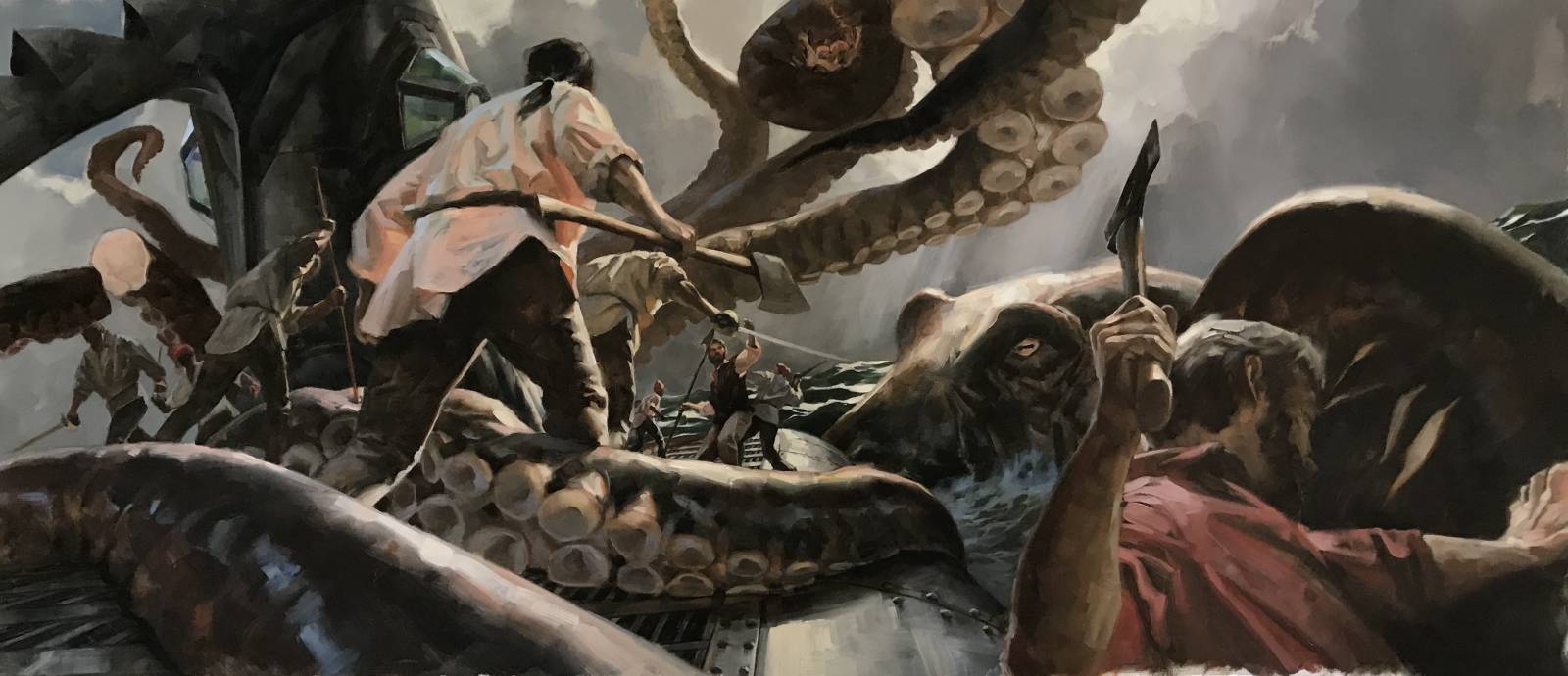

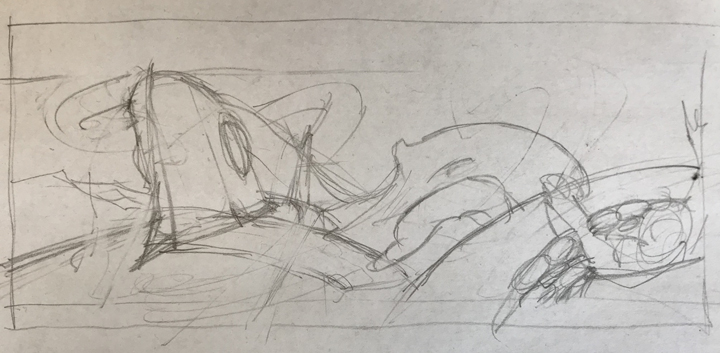
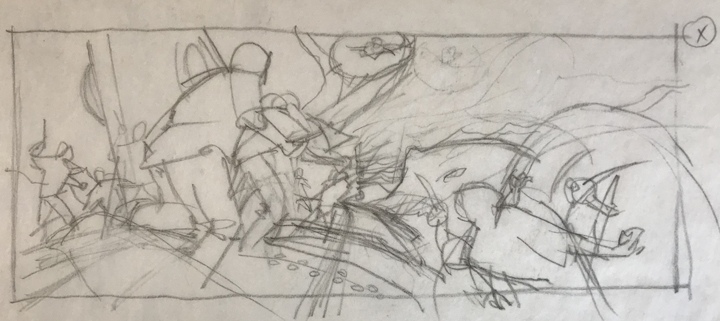
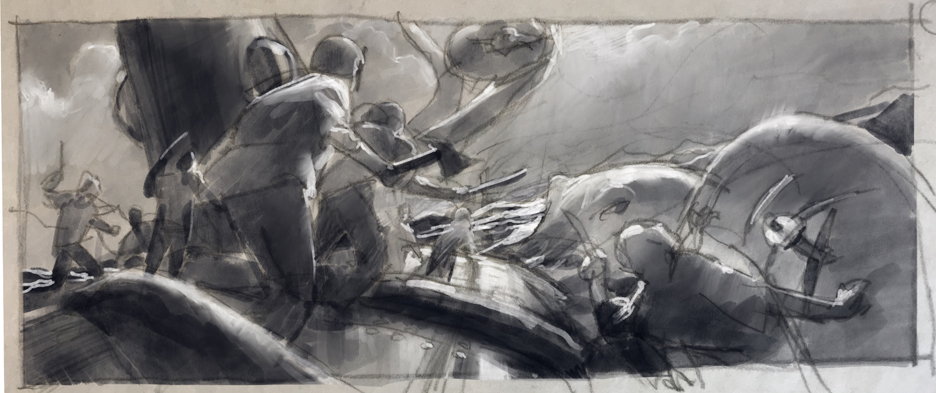


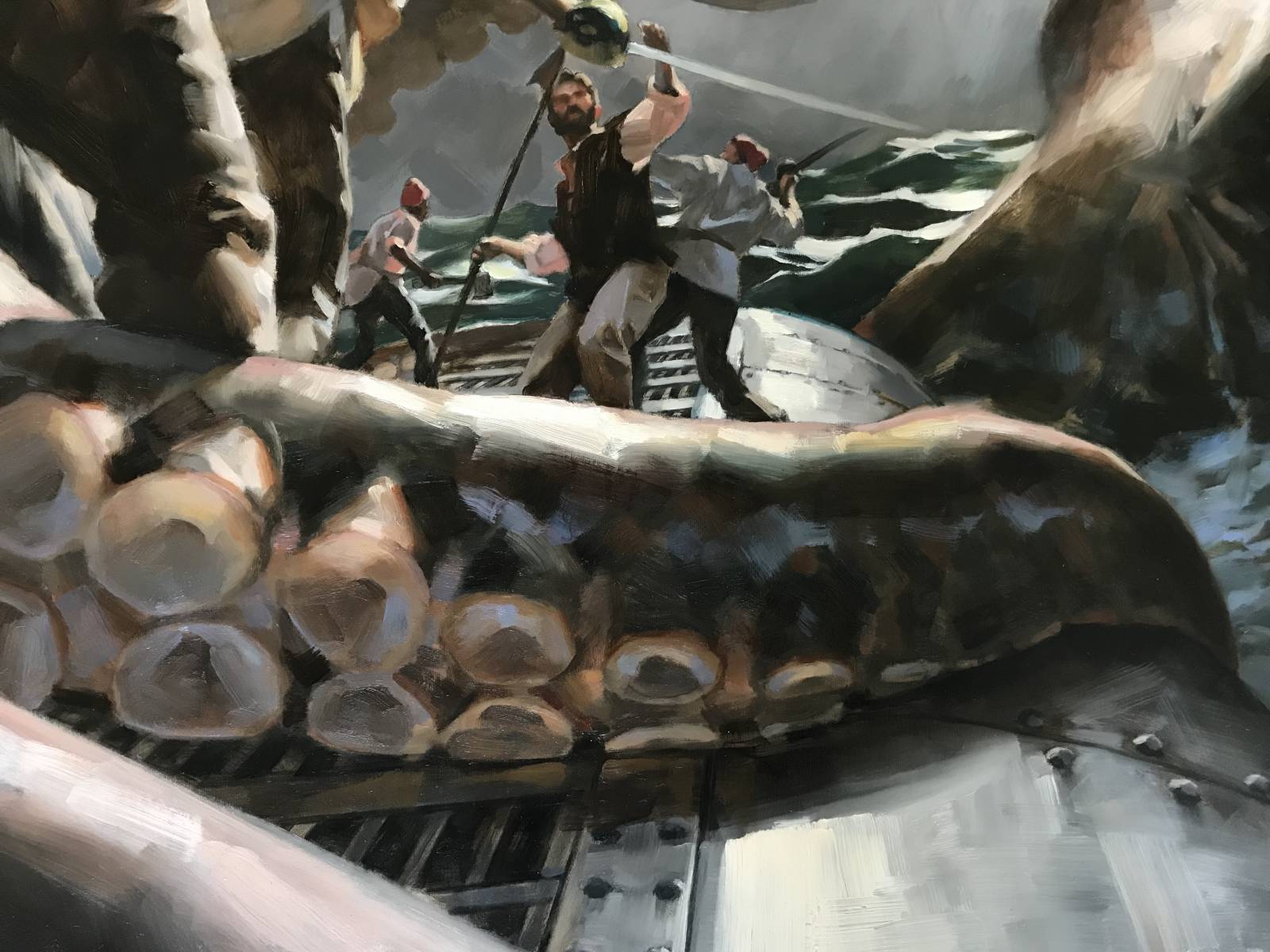
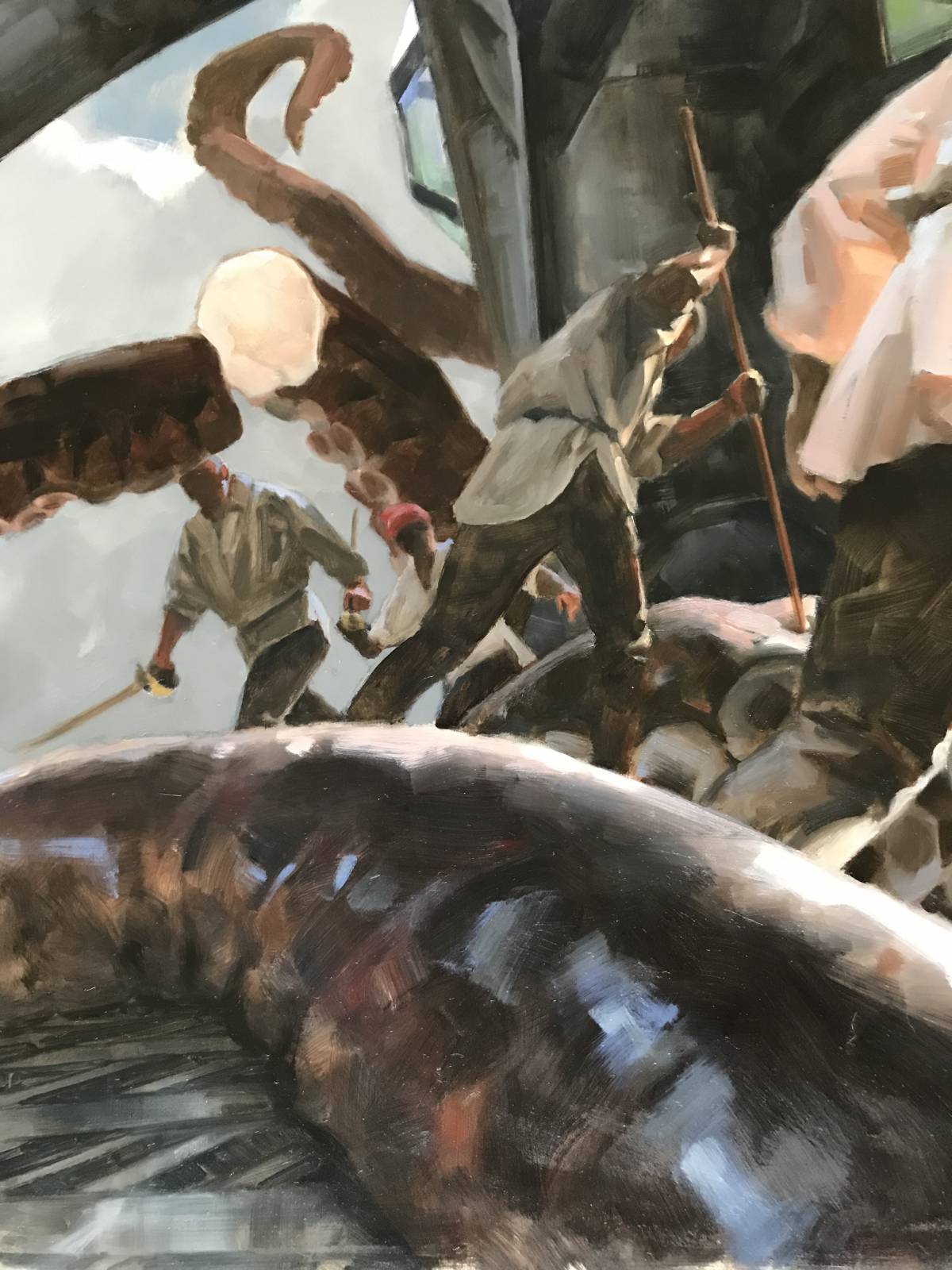
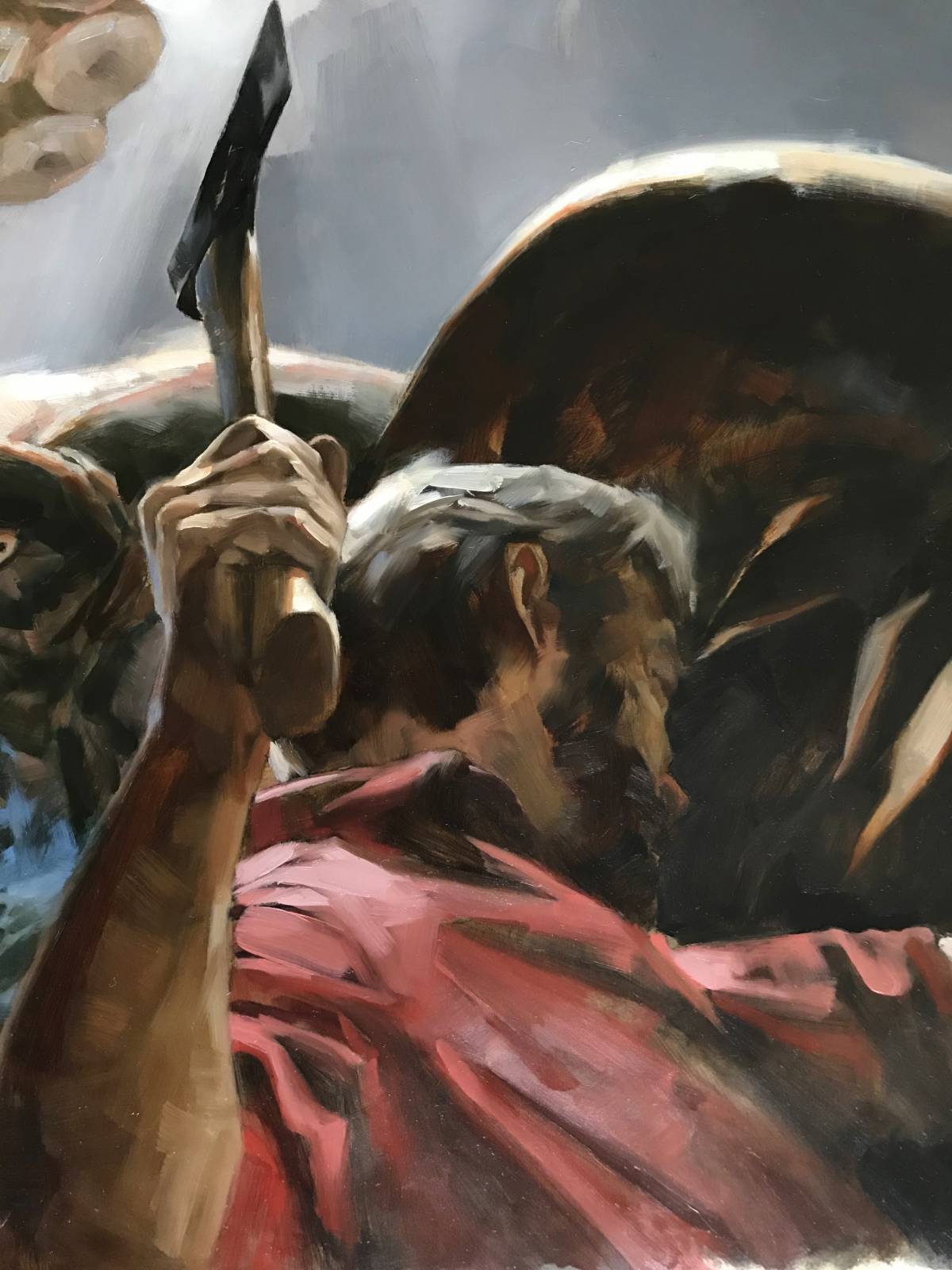
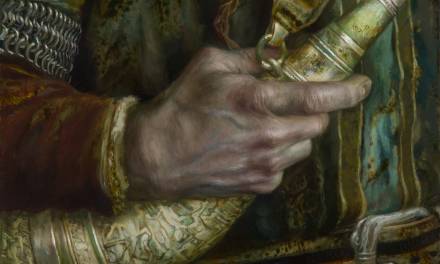
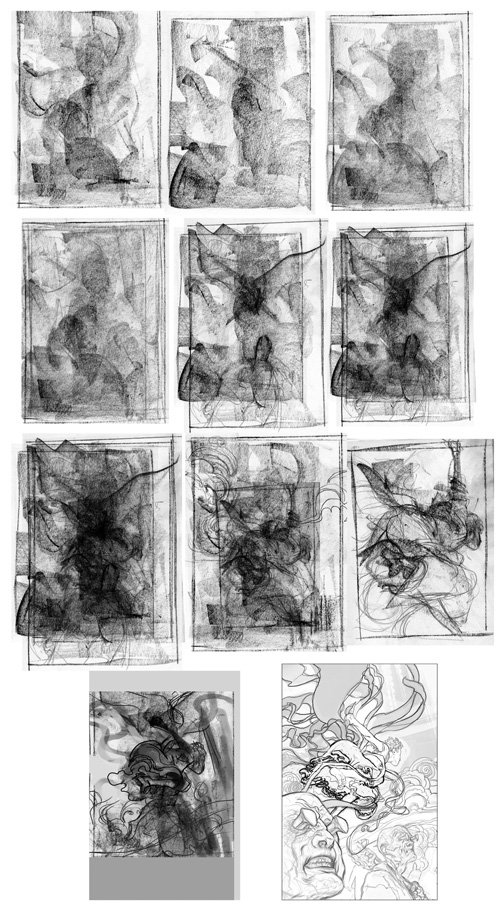
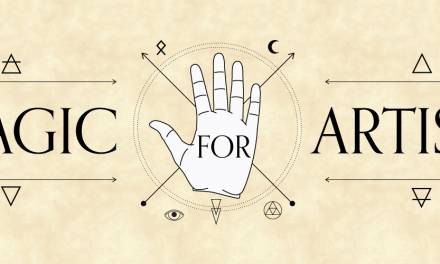
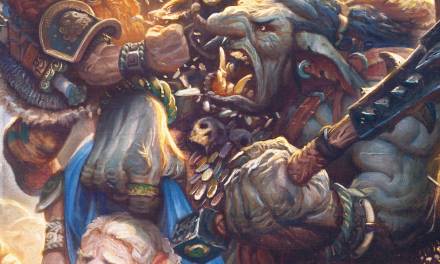
Great info… thanks for sharing…
Thanks, this was eye opening, and I got to the end. 😉
That’s an incredible painting! I’m not at the painting stage of classical training yet, so this was a good primer for the physical and emotional process. Thanks
I really like how you explain painting process.
It used to be a magical affair for me before. You stand in front blank canvas and if you are an artist – but only then – Boom! Painting, Booom! Another one….
Meanwhile you approach it as process in simple steps: Follow process and you’ll get there. Don’t follow process and you will get somewhere else… not necessarily where you wanted to be.
I want to give this blog post a standing ovation. Thanks, Greg!
Thanks so much, Everyone! You Muddies are the best. We have a sane site with sane readers and sane contributors.
More 10 Things… to come!
God Damm awesome post, Master.
I always Seem to be struggling with what your posts is about.
Mr. Greg, you are so awesome. I was just thinking about this today & I found your post huuh…. ,it is liberating. Even this breakout piece took 20 days, I will stay focused to the same idea that I will establish on day one and I will come out as an illustrator on the 20th day if I survived or “I will just die.”
Thanks so much, Greg. I can feel your heart and mental energy in these instructions. You have really gone on the journey and have taken us along with you. You explain what is actually going on in your head as you progress, step by step, and that’s what we want to know–what you are truly thinking as you make each decision in each step. This is wonderful!
Thank you for this article. I have it book marked, and am determined to follow these steps for my next paintings. I normally skip several steps in my excitement to lay down paint, and only then see the errors that better planning would have fixed.
Thank you, Mr. Greg.
Still a great article. I come back to this one a lot.
sooooooo important to read this !!!! And you can apply this process on so many creative project in different domain. I always struggle with the US, and read your tricks to get out of this trap is really encouraging. Thanks Master M. !
I think you nailed the process. Thanks for the narration.
I have been checking out a few of your stories and i can state pretty good stuff. I will definitely bookmark your blog
Good website! I truly love how it is easy on my eyes it is. I am wondering how I might be notified whenever a new post has been made. I have subscribed to your RSS which may do the trick? Have a great day!
Great! It sounds good. Thanks for sharing..
Im no expert, but I believe you just made an excellent point. You certainly fully understand what youre speaking about, and I can truly get behind that.
Interesting post. I Have Been wondering about this issue, so thanks for posting. Pretty cool post.It ‘s really very nice and Useful post.Thanks
Persons appreciate shopping for amazing, appealing, fascinating and from time to time attractive aromas for them selves and pertaining to others. This can be executed conveniently along with inexpensively in an on-line perfume shop.